April 7, 2021
Perihan El Etreby
“This brand is built on my favourite quote, ‘ideas come from the intersections,’ and this is why my style is based on exploring the areas where the arts meet each other. I get inspired by architecture, literature, art history, sculpture and fine arts in general.”
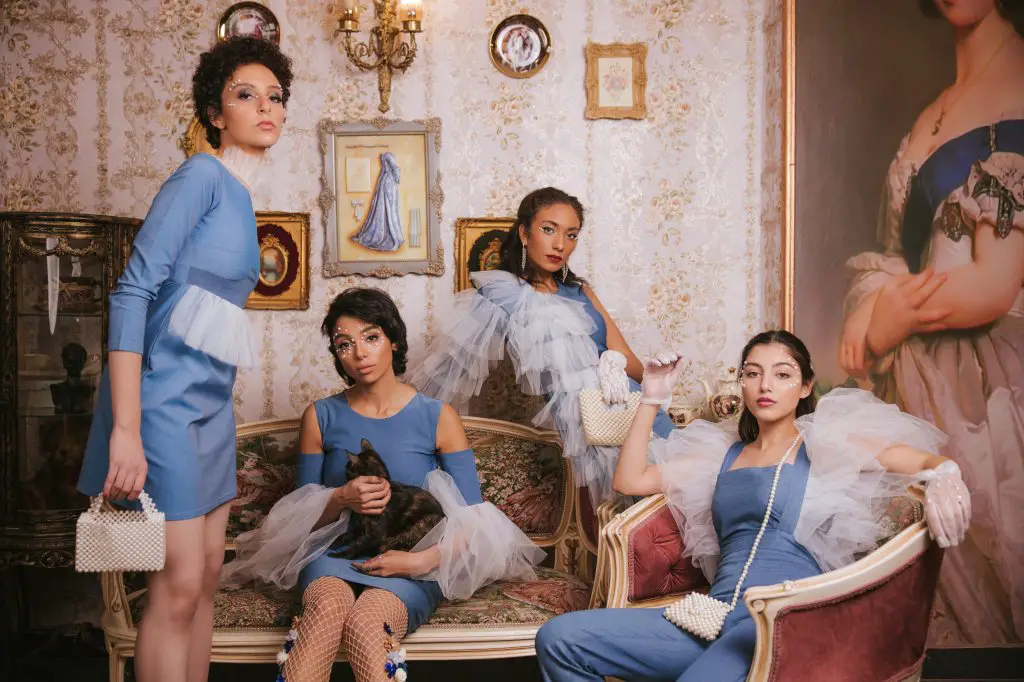
Bassant Abu Zeed is a 24-year-old who graduated from the school of architecture in 2020. However, she decided to become a fashion designer instead. She was one step away from making her dream come true and establishing her own brand, but unfortunately, luck was not on her side. After setting everything up, preparing the ready-to-wear evening wear and bridal gowns, the wind storm in March 2020 almost brought life in Cairo to a halt on the day of the photoshoot. Bassant did not give up and tried to proceed, but Covid-19 hit the world right after and stopped everything.
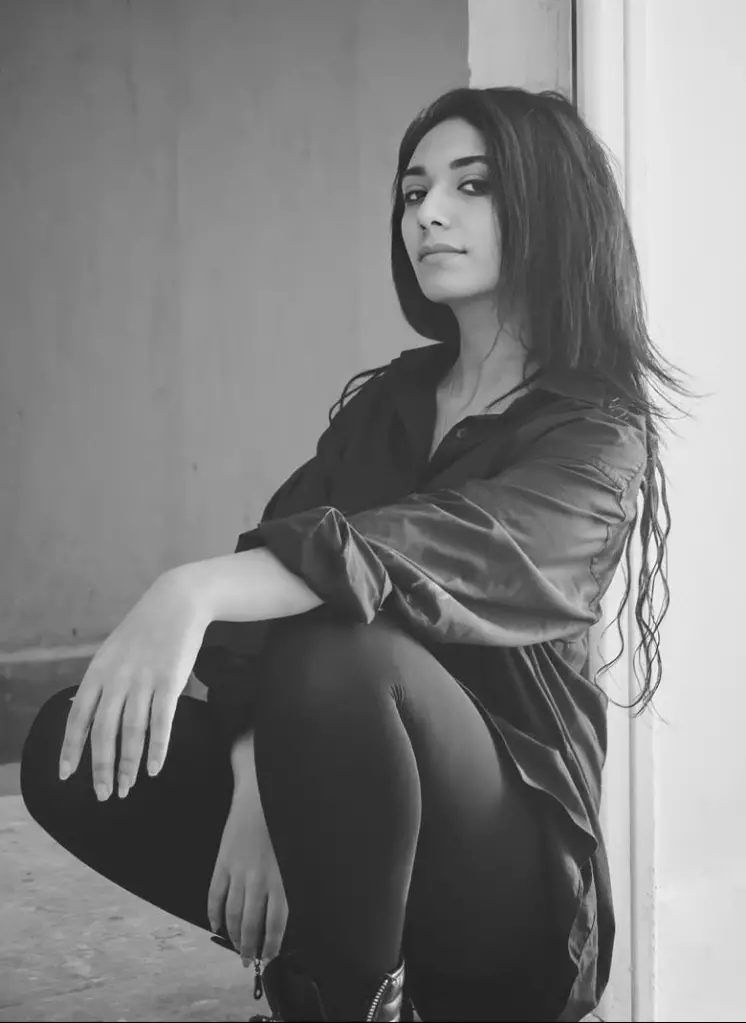
When one door closes, another one opens
Without much choice, Bassant postponed her plans and focused on her graduation project, which was about discovering the relationship between fashion and architecture.
Her creativity led her to design jewelry inspired by architecture. “I sketched them and I loved them! So, I decided to change my plans and include jewelry in my brand lines,” Bassant said.
After graduation, she launched her jewelry brand, “Panse”. Three weeks later, a journalist from Reuters reached out to Bassant to showcase her work in a report. To her surprise, other news channels followed. Her jewelry collection was featured by Arabiya channel, Independent Arabia, Alhadath, and other local and regional channels. Propelled by this success, Bassant expanded her collection, from only earnings to also including rings, necklaces, belts and bracelets.
In addition, finally after postponing the launch of her dresses collection, “Ruff It” for an entire year due to the lockdown, Bassant succeeded in making a gripping comeback.
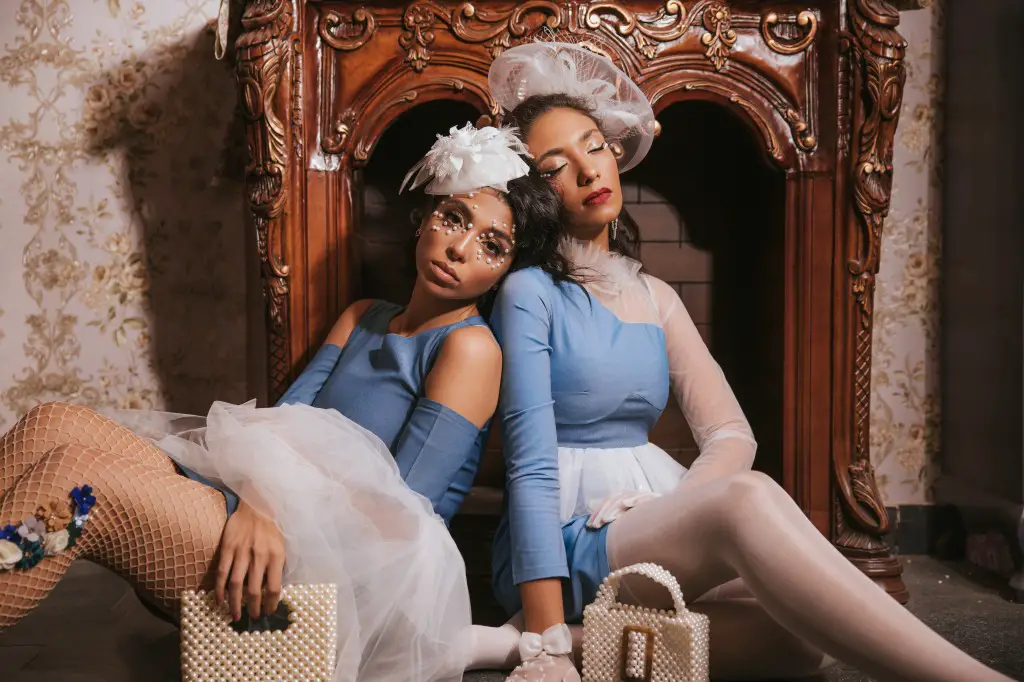
Dreams with no boundaries
Bassant aspires to reach the global market and participate someday in the Milan and Paris Fashion Weeks, to help to build a positive reputation of new creations “made in Egypt”.
“I am also trying to apply sustainable procedures to ensure a safe and clean industry because we need to pay attention to our environment which we have been hurting for so long because of some wrong fashion industry practices.”
“I also try to always send a message about body positivity and change the perception of beauty standards, saying that each woman is beautiful and unique in her own way.”
Ensuring a safe and clean industry
Bassant shared with us some of the most common incorrect factory practices and others about the fashion problem.
Fabric wastes and used low-quality garments are either dumped into the oceans, seas and rivers, destroying the life underwater, or burned, contributing to the increase in the amount of CO and CO2 emissions which directly contribute to global warming.
Sadly, microplastic fibers and packaging products are also dumped into the water.
Every year, we lose huge amounts of water due to planting extra cotton to be used in making cloth, and what makes matters worse is that it is genetically engineered which requires more water.
Harmful effects could be hardly ignored
The supply chains are messed up and complicated; they have a huge impact on increasing the harmful effects. Also, the textile components are mixed which makes it impossible to separate them for recycling, and poor quality causes a shorter garment life cycle.
The humane aspect that needs to be taken into consideration
Bassant talked about the ugly, yet inevitable truth about the process. Cheap labour is very common in some Asian countries. Factory owners/managers can abuse, harass, and drain people in very unsafe and uncontrolled polluted environments that threaten the workers’ lives and health. Making matters worse, this could even apply to children. Toxic chemicals are often used in dyeing. And of course, part of the abuse is reflected in the unfair wages provided.
Sustainability is a key priority
“My packaging is 100% made from sustainable materials and I ensure safe practices. It’s plastic-free,” Bassant said. “All the materials used are recyclable, and I provide repair and reconstruction services with my orders, so whenever an item breaks, we recreate a new piece out of it instead of throwing it away.”
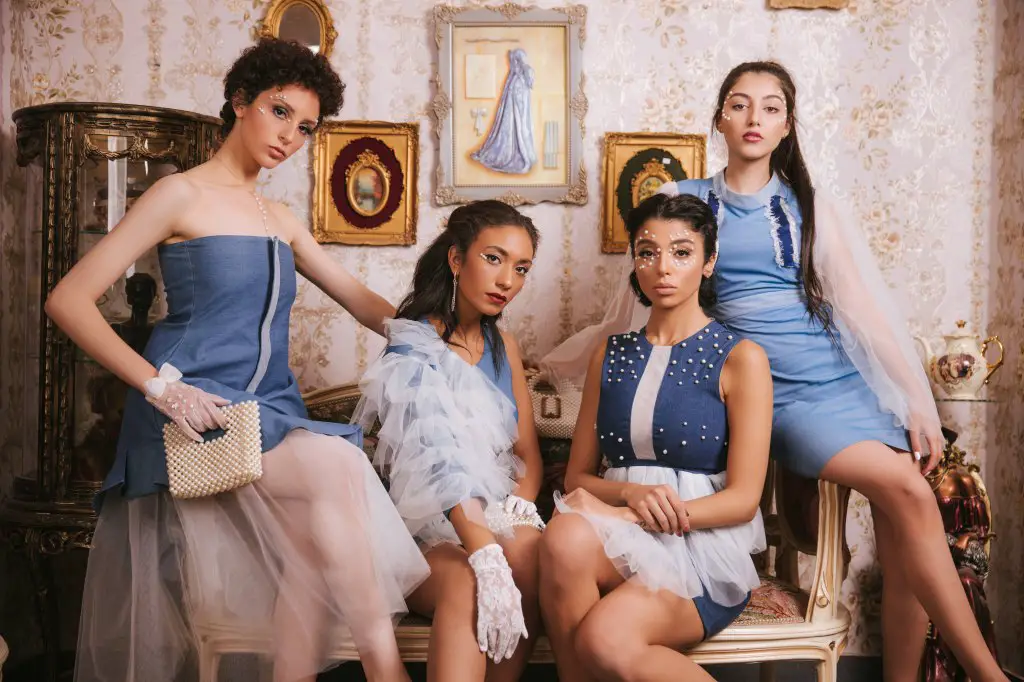
The art of recreation: nothing goes to waste
Bassant stores the leftovers of her brass, and then remake it into a new brass sheet to use them for orders and new collections.
“I also have a system of storing fabric leftovers according to their sizes and materials to reuse them in dresses, doing special cuts, patterns and patchwork for small pieces. You can already see this in my new collection.”
Bassant limits the use of fabric by creating a marker for the pattern pieces, determining the most efficient layout of pattern pieces for a style, fabric and distribution of sizes.
“I do not waste fabrics on the sampling process, instead, I use 3D simulation fashion programmes to try and evaluate ideas first, then I saw my first sample as the final garment.”
An eco-friendly and people-friendly environment
“All of my artisans decide their fair wages for the services they provide. I also work per piece now for better efficiency.”
Bassant has a shorter, yet effective supply chain. “I handle most of the process in one place to limit the travelling distance and transportation of the items which also require more energy and time. For example, all raw materials, suppliers, manufacturing, packaging take place in the same place, then, they are delivered to the consumer directly.”
Handmade artistry for sensational creations
Bassant ended the conversation on a beautiful note, mentioning that most of her work is handmade, and the rest is finished with the help of effective machinery—laser cut.
You can check Bassant’s artistic pieces on Panse Studio Facebook page
*Subscribe to our newsletter to receive our articles and Egyptian women news updates by email.

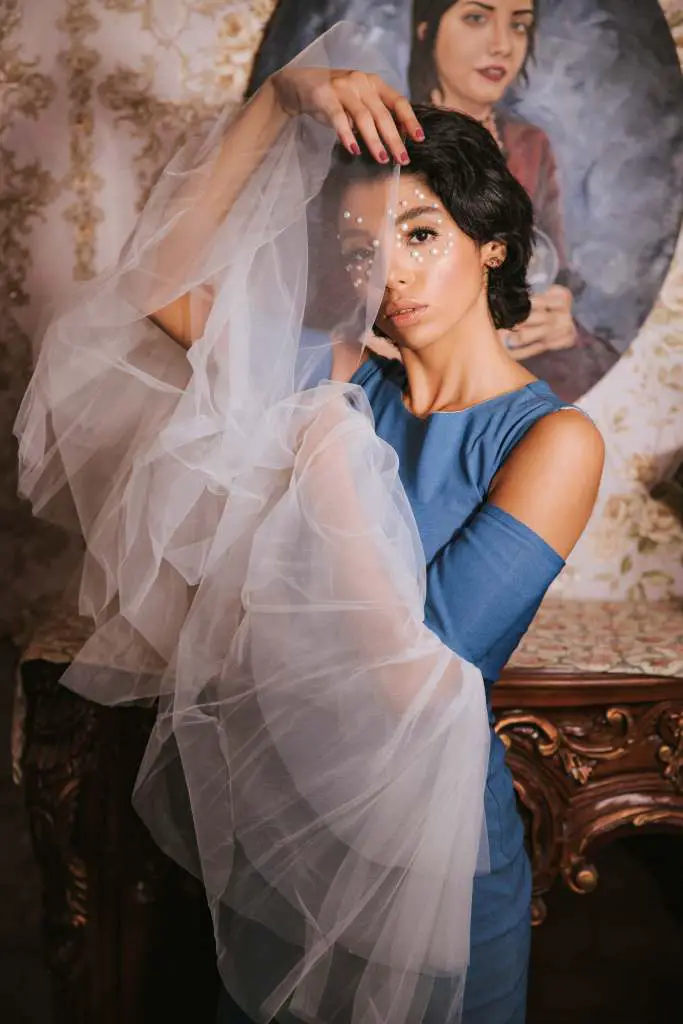
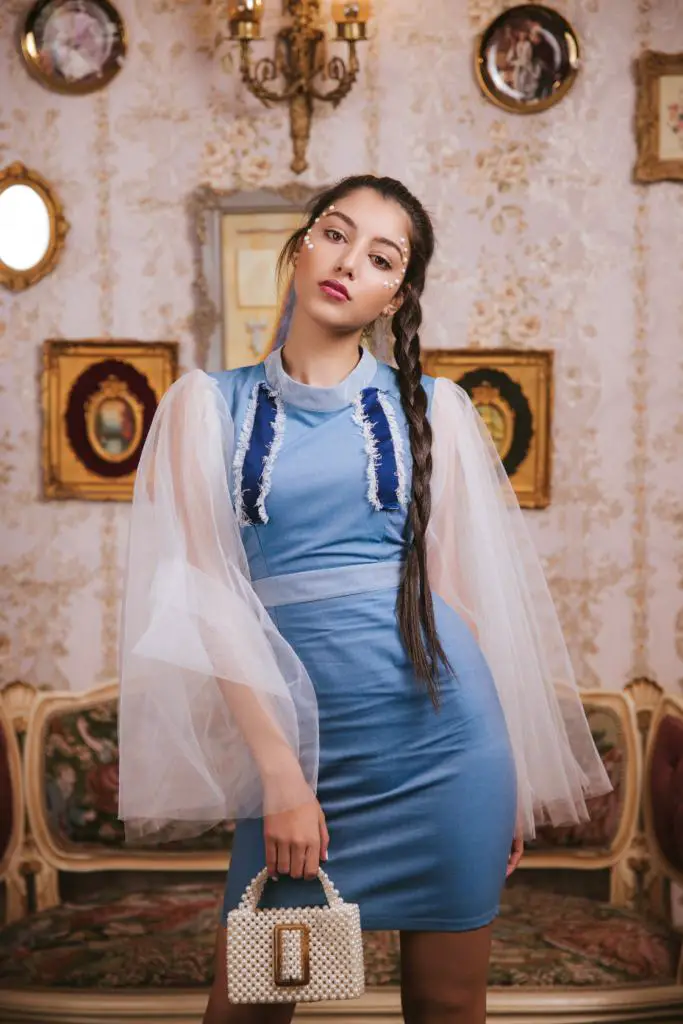

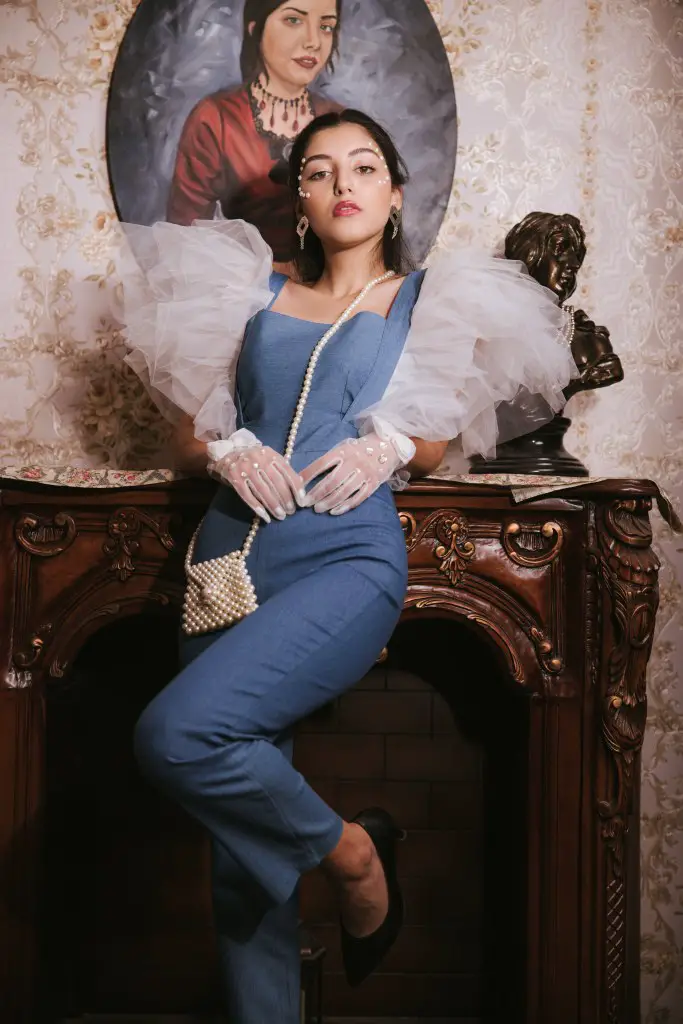


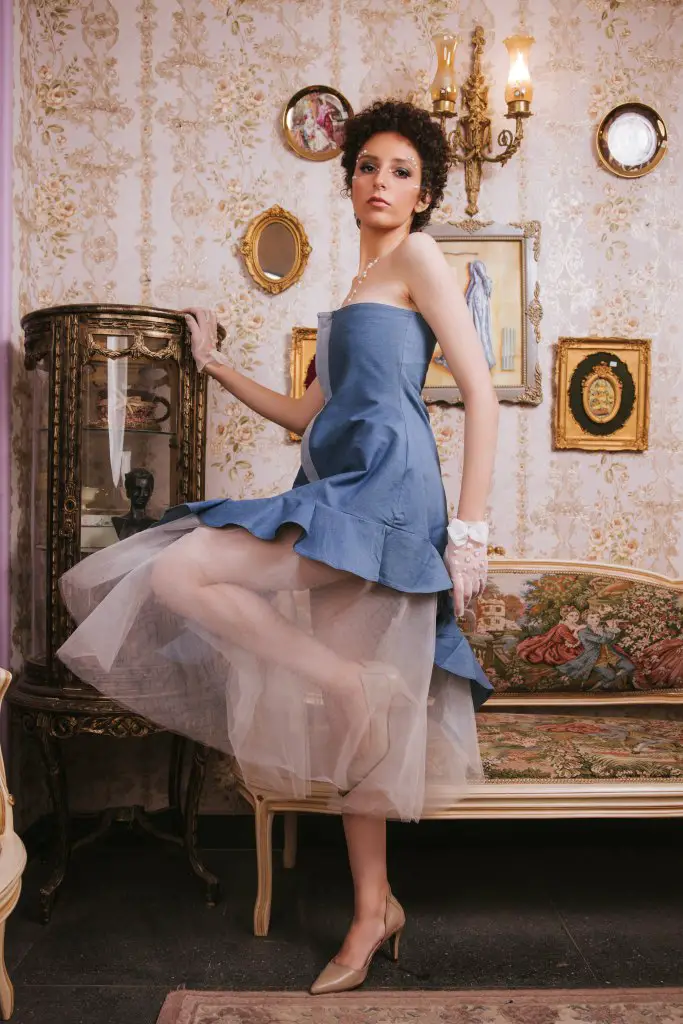
Dear All … love the clothes of course reminds me of a touch of Balenciaga, a wee bit of Cardin who came to my Egypt and a sprinkling of Valentino … apt as Egyptians are the Italians of the Middle East
A rounding of Zamalek, a turn of Zizinia … it’s all there you could almost see the young royals in them , if they had the flair …
Hope you all wore the clothes at the moving of the Pharaohs …
Hoping that Covid will soon dissipate and we’ll all be able to back to life … as we wish it to be …
Lorenzo Montesini
Sydney
Chair
Australian Friends Bibliotheca Alexandrina
LikeLike